Understanding the basics of feeding fresh green chop corn
Milk demand has increased dramatically in the last months.
Driven by a welcomed price increase in the US and the Canadian milk board allocation of extra quota days to avoid a potential shortage. In both countries many producers started increasing their lactating animal inventory in order to supply the demand.

In most regions of the US and Canada, spring was characterized with cold temperatures and lots of rain preventing farmers from getting into the fields to start planting crops. As a result, most corn for silage will be harvested later in the season this fall, while last year’s silo’s inventories are low. With an increased number of animals in the herd, most farmers will have no choice but to feed green chop corn to their cows to supplement forage needs while minimizing production costs.
Green chop corn is the product of harvesting the corn plant and feeding it fresh, instead of first letting it go through an ensiling process. A minimum fermentation time is 2-3 weeks with ideal moisture conditions (65-68%) for the bacteria to convert the sugars into lactic and other acids and reduce the silage pH. Understanding the chemistry and kinetics of the nutrients present in fresh green chop corn is the first step to avoid any unfavourable impact on milk production, animal health and reproductive performance.
Best ensiling process cycle

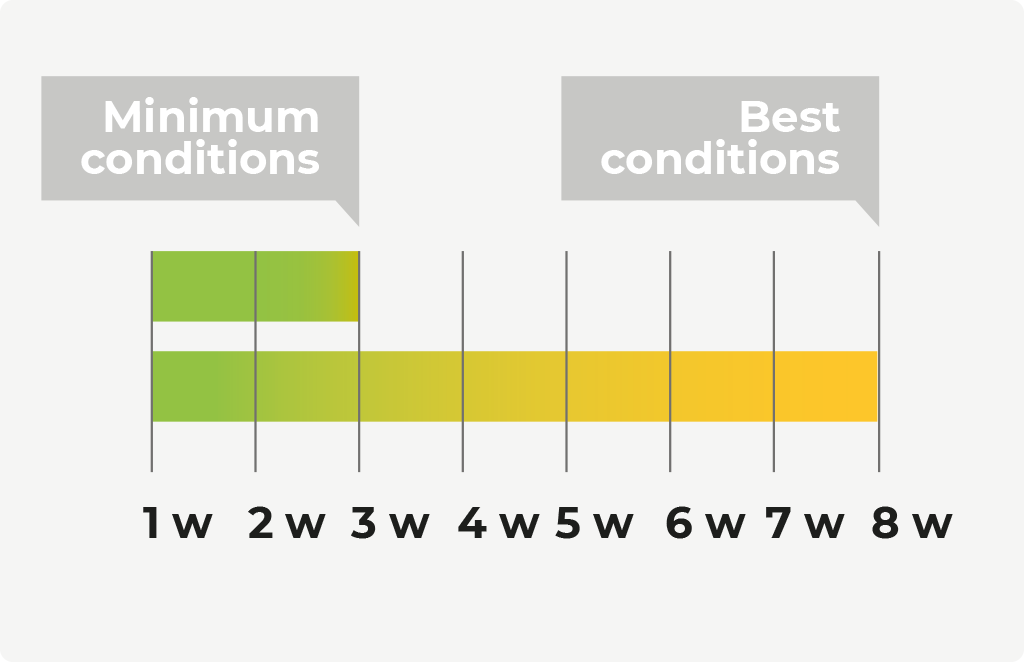
A routine analysis of the green chop corn harvested in early stage will show higher moisture levels (70 to 80%) compared with a well fermented mature corn silage (65 to 68%). In addition, sugar levels will be remarkably higher (3 to 5%), while soluble protein and rumen digestible starch would be very low.
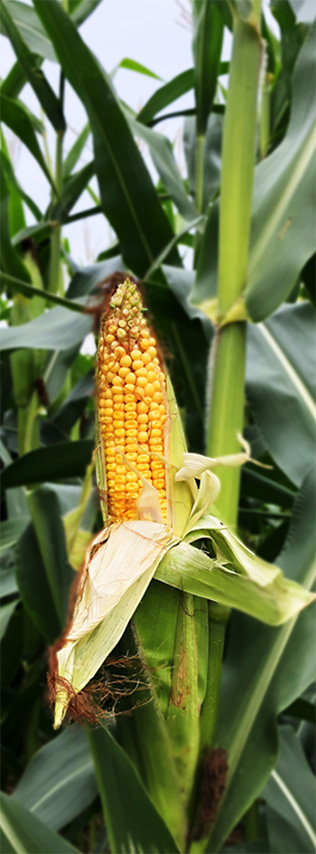
How to avoid
digestive disorders
Dairy consultants and nutritionists recognize that rumen upsets can easily and quickly result from feeding fresh green chop corn at a similar level as one would feed a well-fermented corn silage. Rumen bacteria will ferment sugars, resulting in acidosis (production of lactic acid and decreased rumen pH).
The first symptom will be a loss in manure consistency. After three or four days of feeding green chop corn at a high rate (>20 kg as fed), more than 60% of cows could show loose manure. If the feeding rate is not adjusted, cows will show clinical signs of rumen acidosis such as: diarrhea with poor body condition score, weight loss, lethargy and reduced feed intake. The elevated level of highly fermentable carbohydrates (such as sugar) has been recognized as the main culprit for this digestive disorder.
Low soluble protein in fresh green chop corn also will compromise the nitrogen that is supplied directly to the rumen microbes. An important decrease of the microbial protein and consequently essential amino acids such as lysine and methionine will take place in the small intestine. A feasible feeding strategy to compensate the lack in those essential amino acids is fortifying the lactating diets with rumen protected lysine and methionine.
Low digestible starch of green chop corn means lower available energy compared to well fermented corn silage. Supplementing rations with rumen by-pass fats will increase the energy of the ration when feeding fresh green chop corn.
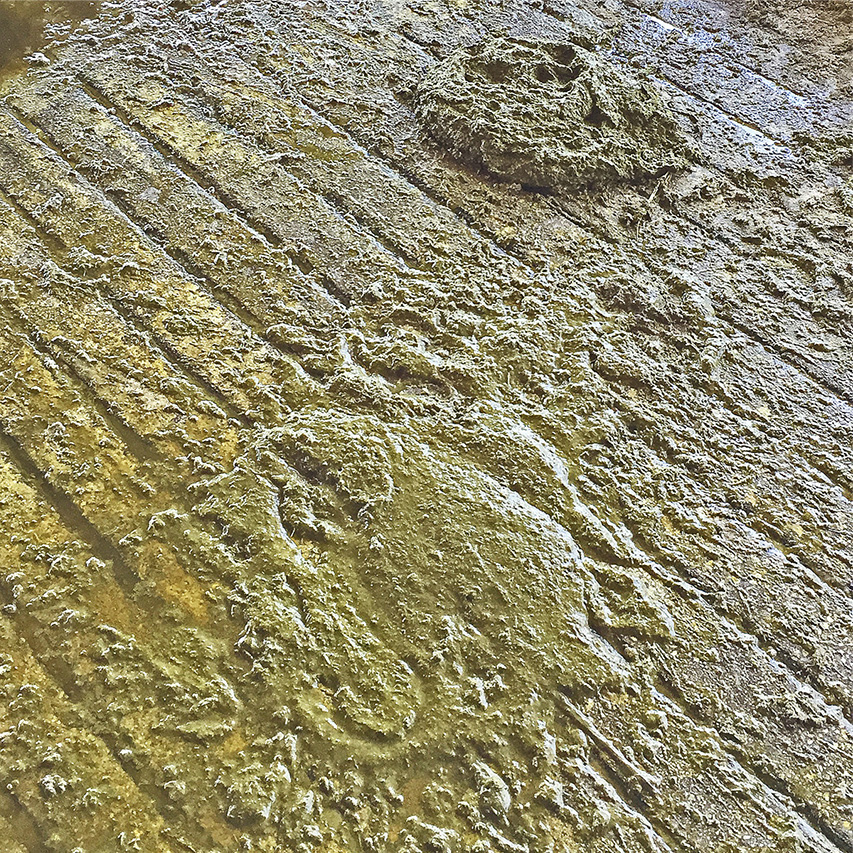
Apparent
ruminal
synthesis*
Researchers from Agriculture & Agri-Food Canada and Michigan State University found that the apparent ruminal synthesis of riboflavin, folates, and vitamin B12 were highly correlated to the amounts of digestible starch and fiber (NDF) in the ration.
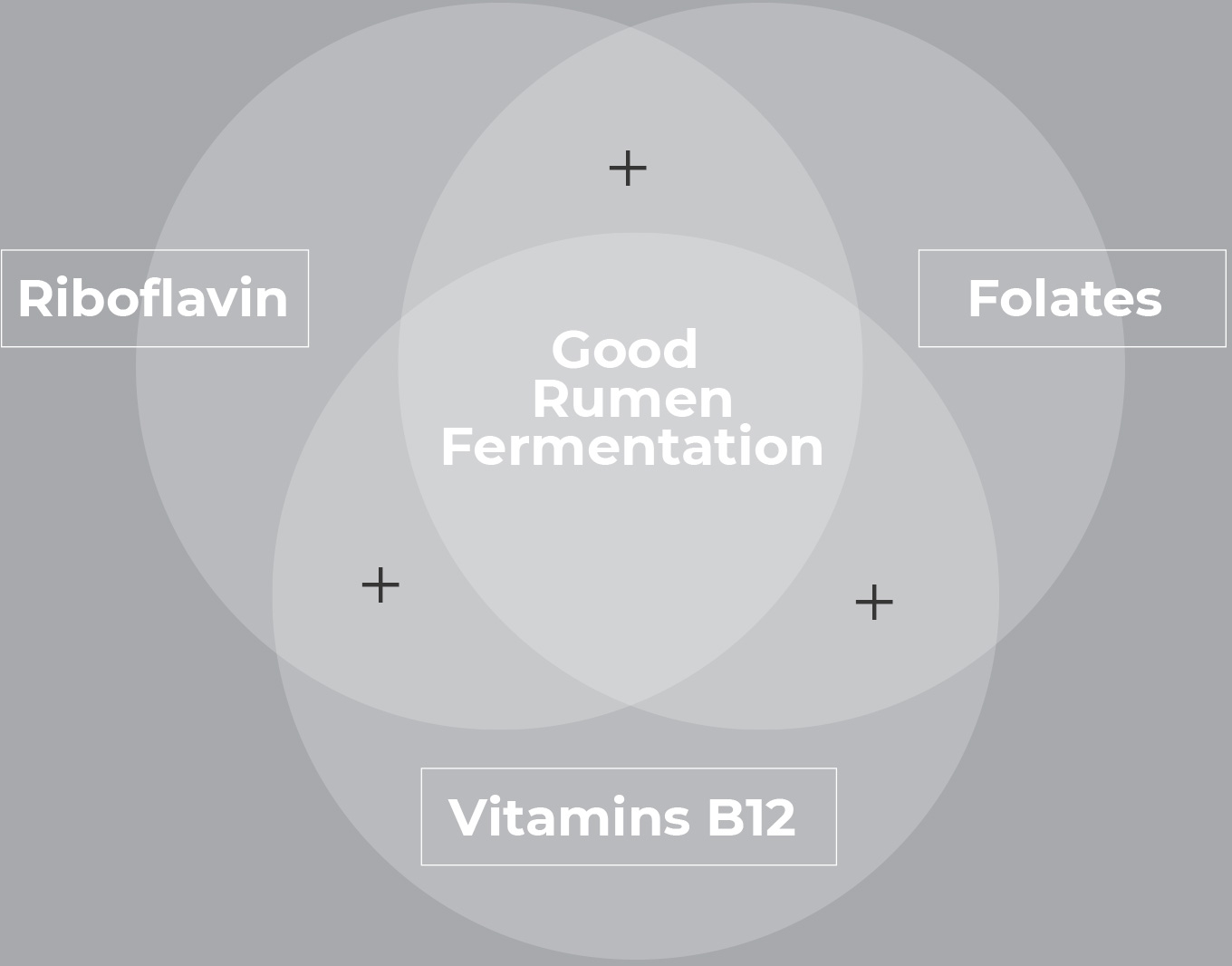
How we can help you.
Animals fed green chop corn could present a marginal deficiency of these B vitamins, essential coenzymes to several metabolism pathways in the dairy cow. Since most B vitamins can be degraded in the rumen, supplementation of rumen-protected B vitamins can ensure there is no deficiency in cows consuming green chop corn.
Another tip is to raise the chopper height to 8 inches to reduce the amount of nitrate present in the green chop corn, especially if there was drought or heat stress.
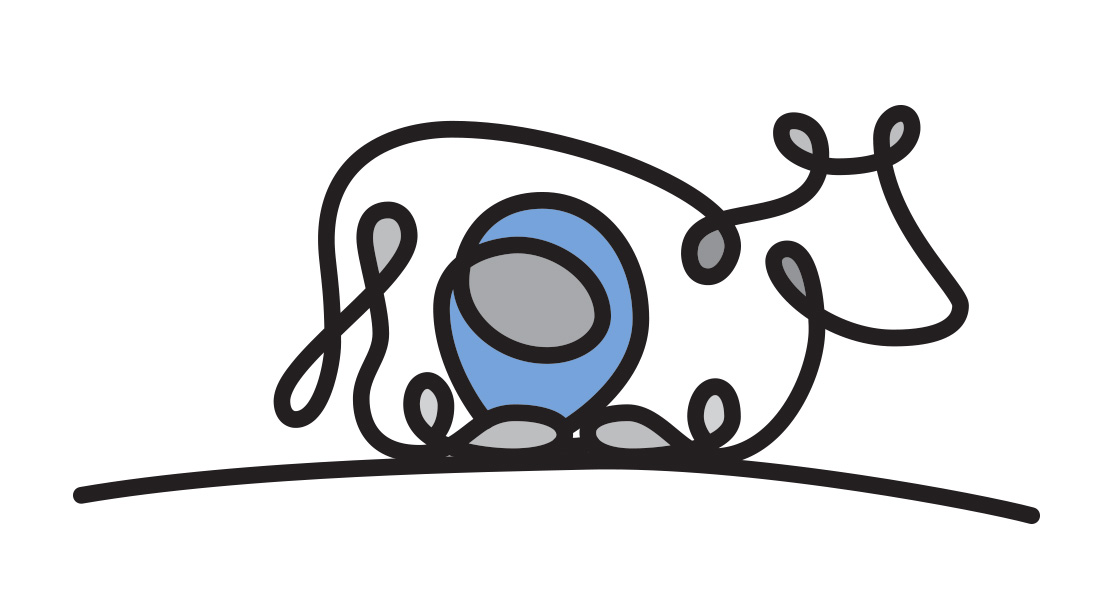
Last note, if feeding green chop corn, feed it immediately after harvest and only feed the amount that the cows will eat in two hours. If green chop is left in the bunk or on the wagon, it can heat up rapidly and nitrate will be converted to nitrite, which is very toxic to cows. Another tip is to raise the chopper height to 8 inches to reduce the amount of nitrate present in the green chop corn, especially if there was drought or heat stress.
Fresh green chop corn can be used to supplement forage needs in a time of low feed inventory, however extra attention is required in lactating diets to prevent health and production issues.
Here are some tips to remember when feeding fresh green chop corn:
01
Strictly monitor of the manure consistency and watch for other signs of rumen upset;
02
Correct the lack of energy in the ration by feeding rumen bypass fat;
03
Supplement a rumen protected B vitamin blend to prevent a marginal deficiency of those B vitamins;
04
Properly balance amino acids with rumen protected methionine and lysine to correct the low metabolizable protein level of the ration which results from feeding a poor soluble protein forage.
Please contact your Jefo dairy representative, who can help you maneuver around these challenges.
